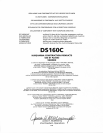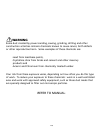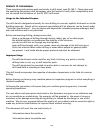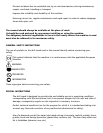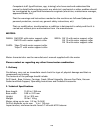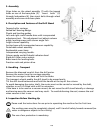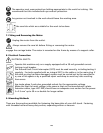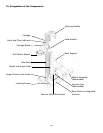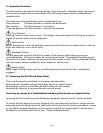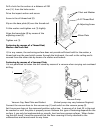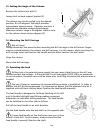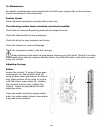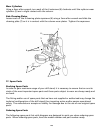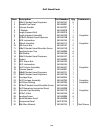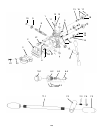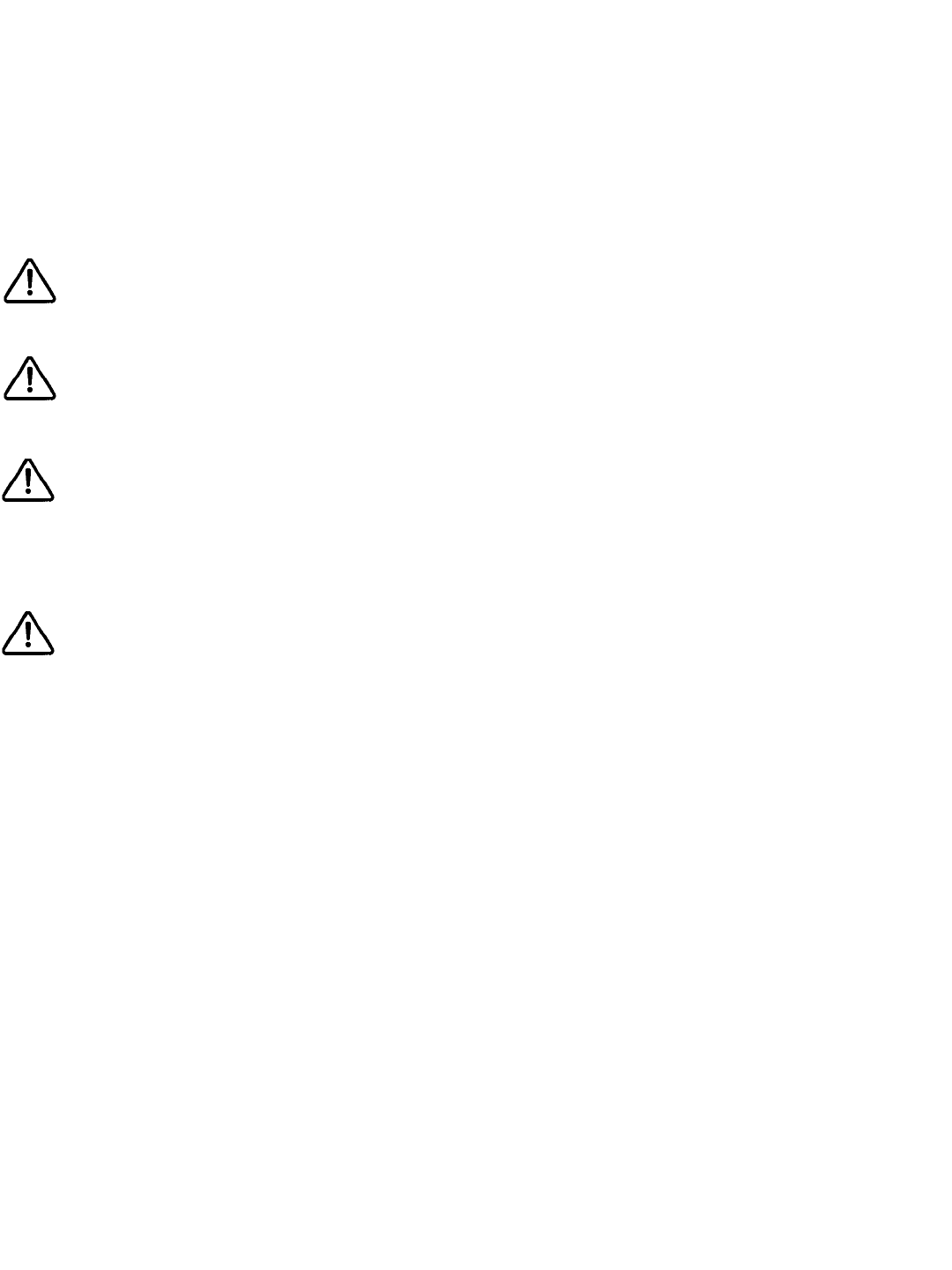
11. Operation Positions
The drill stand can be used for drilling ceilings, floors and walls. Individual safety instructions
for each area of applications as described in the following chapters must be observed and
complied with.
The three main drilling directions (area of application) are:
Floor position: The feed direction is vertical and downward.
Wall position: The feed direction is horizontal.
Overhead position:The feed direction is vertical and upwards.
Floor Positions
A falling core can cause serious injury. The danger zone underneath the drilling area must be
sealed off and the core must be supported.
Wall Position
Before drilling into a wall, the operator must ensure that there are no obstructions at the exit
point and that there is no risk of injury.
Overhead Drilling
It is not permitted to secure the drill by means of the vacuum plate when carrying out
overhead drilling. Follow local codes for anchoring overhead. Overhead drilling may only be
carried out if a water collector and vacuum collection system is used. During overhead drilling,
only use impact anchors suitable for zones subject to tensile force.
Angle Drilling
When angle drilling, always work at low drilling pressure until the drill bit is completely
engaged.
12. Fastening the Drill Stand (Base Plate)
There are three options available for fastening the base plate;
Fastening with threaded rod and heavy-duty anchor or impact anchor;
Fastening by means of a threaded rod and locking nut with washer;
Fastening by means of a vacuum plate and vacuum pump.
Fastening by means of a ThreadedRod and Heavy-DutyAnchor or Impact Anchor
Fastening the drill stand base plate should be carried out without the drill motor installed.
To ensure that the device is securely fastened, only use heavy-duty anchors or impact anchors
approved by the building inspection authorities which may vary by country, providence, county
or city. When working overhead, only use anchors suitable for zones subject to tensile force.
For details of minimum tensile force, see, “Technical Specifications”.
122



